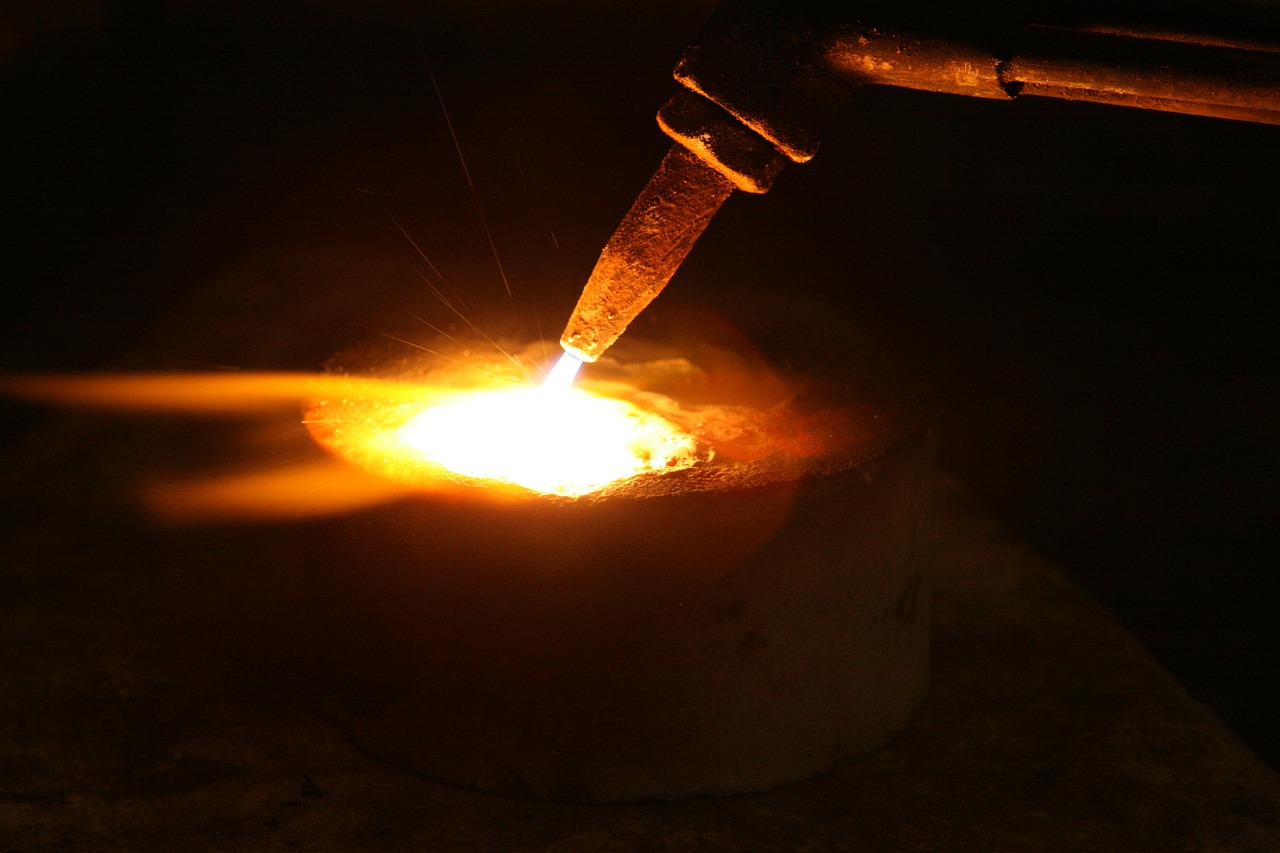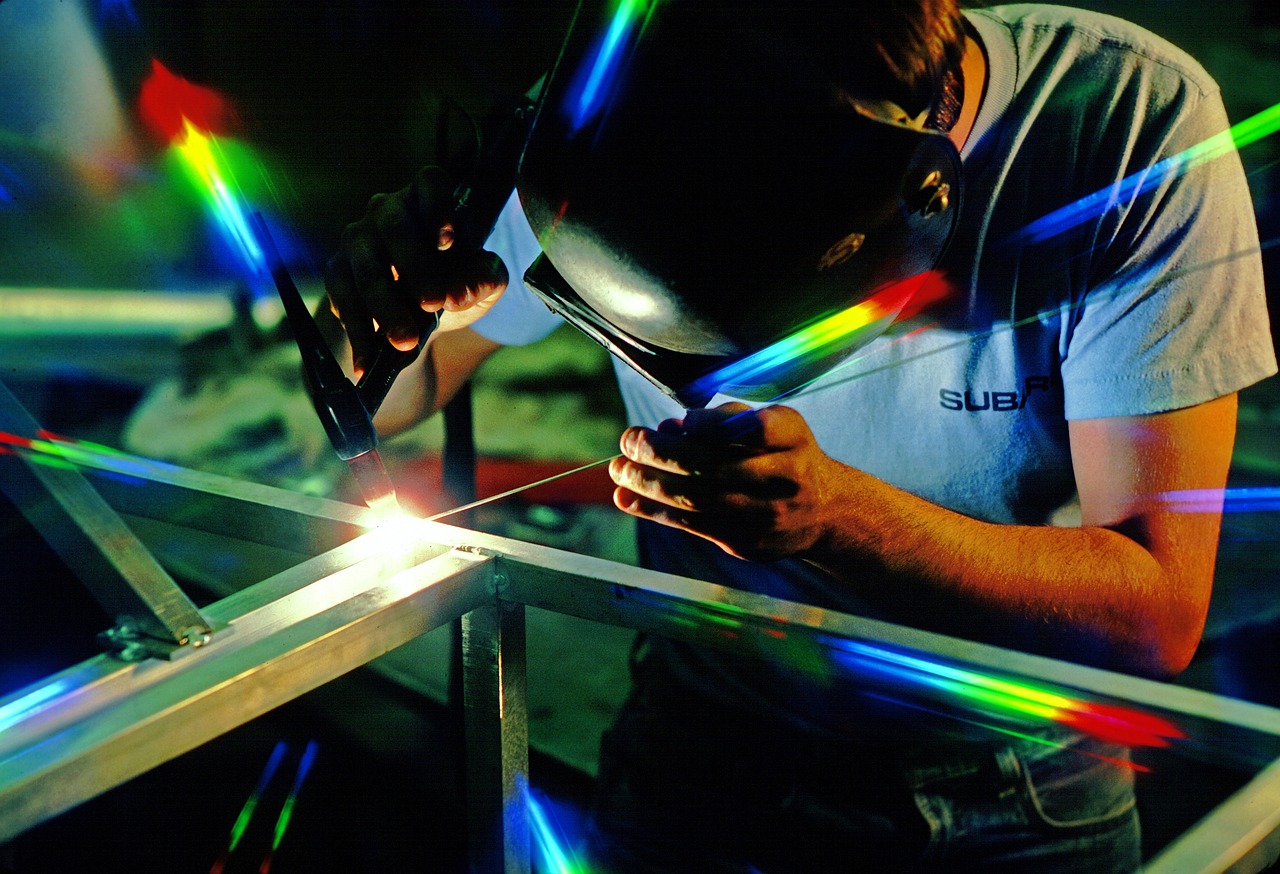In the world of industrial craftsmanship, few processes capture the essence of merging artistry with technical precision as vividly as welding and fabrication. These techniques, integral to industries ranging from construction and automotive to aerospace and beyond, play a pivotal role in shaping our modern infrastructure. Let’s dive into the fascinating world of welding and fabrication, exploring their techniques, applications, and the skilled artisans who bring them to life.
The Art of Welding: Fusion at Its Finest
At its core, welding is the process of joining materials, typically metals or thermoplastics, through fusion. This fusion is achieved by melting the materials at the joint and allowing them to cool, creating a strong, cohesive bond. While the basic principle remains constant, the methods and technologies used in welding have evolved significantly over time.
Techniques and Technologies
Welding techniques vary depending on the materials involved and the specific requirements of the project. Arc welding, which utilizes an electric arc to generate the heat necessary for fusion, is one of the most common methods. Within arc welding, processes like shielded metal arc welding (SMAW), gas metal arc welding (GMAW), and tungsten inert gas welding (TIG) offer different levels of control and versatility.
Another prominent technique is oxy-fuel welding, which uses a mixture of fuel gases and oxygen to produce a flame that melts the materials. This method is often used for welding ferrous metals such as steel.
Recent advancements have also introduced laser welding and electron beam welding, which offer high precision and minimal heat-affected zones, making them suitable for delicate assemblies in industries like electronics and medical devices.

Artistry in Metal
Beyond its technical aspects, welding is also an art form. Skilled welders possess a deep understanding of metallurgy and heat management, enabling them to create seamless joints that are both structurally sound and aesthetically pleasing. The ability to manipulate molten metal requires a steady hand and an eye for detail, qualities that elevate welding from a mechanical process to a form of craftsmanship.
Fabrication: Shaping the Future
While welding focuses on joining materials, fabrication encompasses the broader process of shaping raw materials into finished products. From structural frameworks to intricate components, fabrication involves cutting, bending, and assembling materials to precise specifications.
Processes and Precision
Modern fabrication shops are equipped with an array of tools and machinery designed to streamline the production process. Computer numerical control (CNC) machines, for example, use programmed instructions to automate cutting, drilling, and shaping operations with unparalleled accuracy. This automation not only enhances efficiency but also ensures consistency in manufacturing, crucial for industries where precision is paramount.
Materials and Innovation
Fabrication techniques are not limited to metals alone. Advances in composite materials, such as carbon fiber and fiberglass, have expanded the possibilities for lightweight and durable structures in aerospace and automotive applications. These materials require specialized fabrication techniques that cater to their unique properties, highlighting the adaptability and innovation within the field.
Applications Across Industries
The versatility of welding and fabrication ensures their relevance across a wide spectrum of industries, each presenting unique challenges and opportunities for innovation.
Construction and Infrastructure
In construction, welding is indispensable for creating sturdy frameworks, reinforcing structures, and joining components such as beams and columns. Fabrication plays a crucial role in producing pre-fabricated building components, reducing construction time and improving on-site safety.
Automotive and Transportation
The automotive industry relies heavily on welding and fabrication for manufacturing vehicle chassis, engine components, and body panels. The ability to fabricate complex shapes and assemblies allows automakers to optimize vehicle performance and fuel efficiency while meeting stringent safety standards.

Aerospace and Defense
Precision welding and fabrication are critical in aerospace and defense applications, where reliability and performance are non-negotiable. From aircraft fuselages to missile components, every part must withstand extreme conditions while maintaining structural integrity.
Art and Sculpture
Beyond industrial applications, welding has found a place in artistic expression and sculpture. Welded metal art showcases the creativity and skill of artisans who use welding techniques to sculpt intricate forms and abstract designs, blurring the line between utility and aesthetics.
The Future of Welding and Fabrication
Looking ahead, advancements in automation, robotics, and materials science promise to reshape the landscape of welding and fabrication. Robotics are increasingly used for repetitive tasks and hazardous environments, enhancing efficiency and reducing human error. Additive manufacturing, or 3D printing, is revolutionizing fabrication by enabling the production of complex geometries with minimal material waste.
As industries continue to evolve, so too will the techniques and technologies of welding and fabrication. However, amidst the progress, one thing remains constant—the craftsmanship and dedication of those who wield the torch and shape the future with every molten bead of metal.
In conclusion, welding and fabrication stand as pillars of modern industry, blending technical expertise with artistic finesse to forge connections and build the world around us. Whether constructing skyscrapers, assembling spacecraft, or crafting sculptures, the principles of welding and fabrication endure as a testament to human ingenuity and the enduring pursuit of excellence.